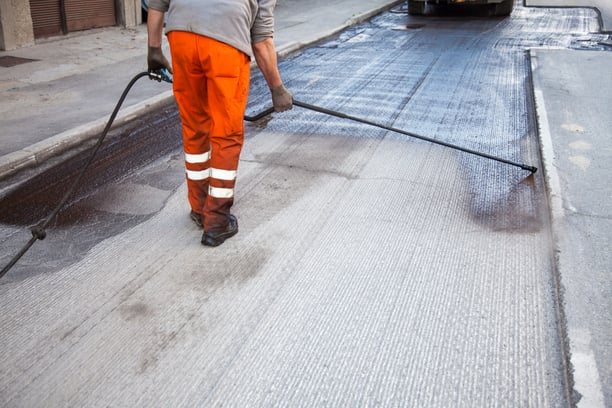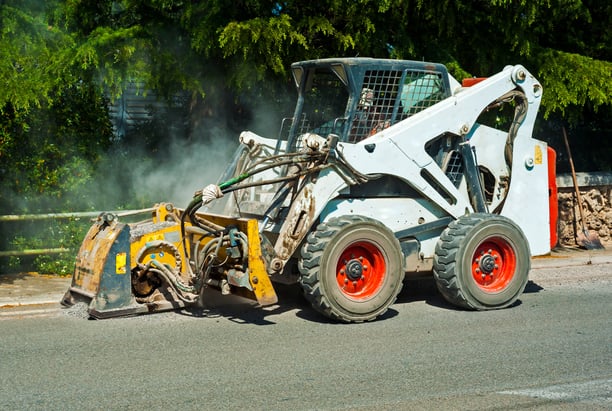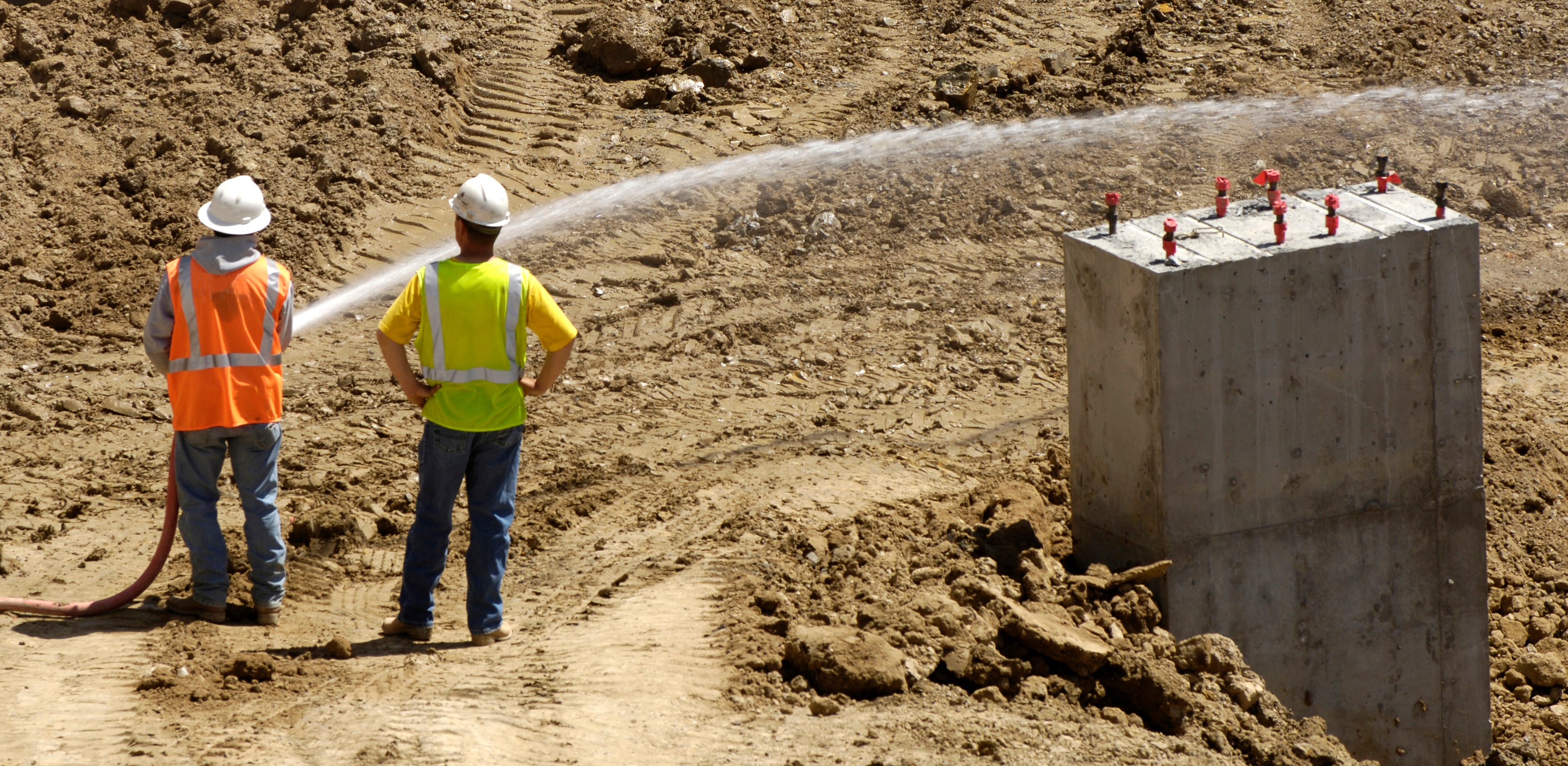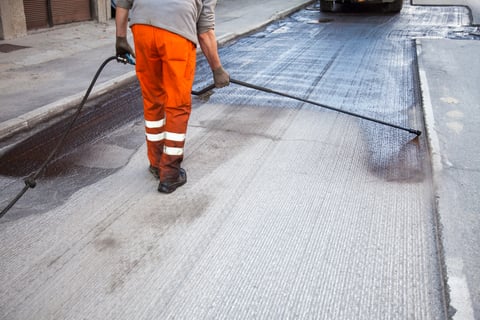
We often under appreciate the slow and steady pace required to properly surface a road when surrounded by orange barrels and honking horns. When dealing with thick substances, such as tar, spraying it can be a long, tedious task. There are certainly ways of speeding up the process, however, all come at a cost.

The first instinct may be to increase the output on the pump supplying the tar to the spraying wand. Increased outflow may improve progress if the pump is properly operated and maintained. Even when used within the recommended ratings, pressure is still volatile and must be closely monitored. When that is not fast enough, the second thought may be to heat the tar to a higher temperature. Making it hotter will thin out the thick substance and allow it to flow with more ease through the wand. Adding more stress to the already higher pump pressure may multiply output and risk of injury.

All components in an assembly have their limitations. If the substance flowing through the hose exceeds its maximum temperature rating, the hose will inevitably burst. The couplings in the assembly have their maximum ratings as well. If the substance flowing exceeds the coupling’s maximum pressure rating, the coupling will fail to maintain the connection. Failure multiplied with failure puts workers in imminent danger and will leave the job unfinished.

Always work within the maximum pressure and temperature rating of the lowest rated component (hose, fitting, clamp, or ferrule) in each assembly. Consider each assembly individually – even when duplicated. Several identical assemblies on the same line may receive a different amount of pressure due to their distance from the source. Pressure and temperature recommendations are created after trial, testing and more testing. Keep component ratings in consideration for a safe work environment.

